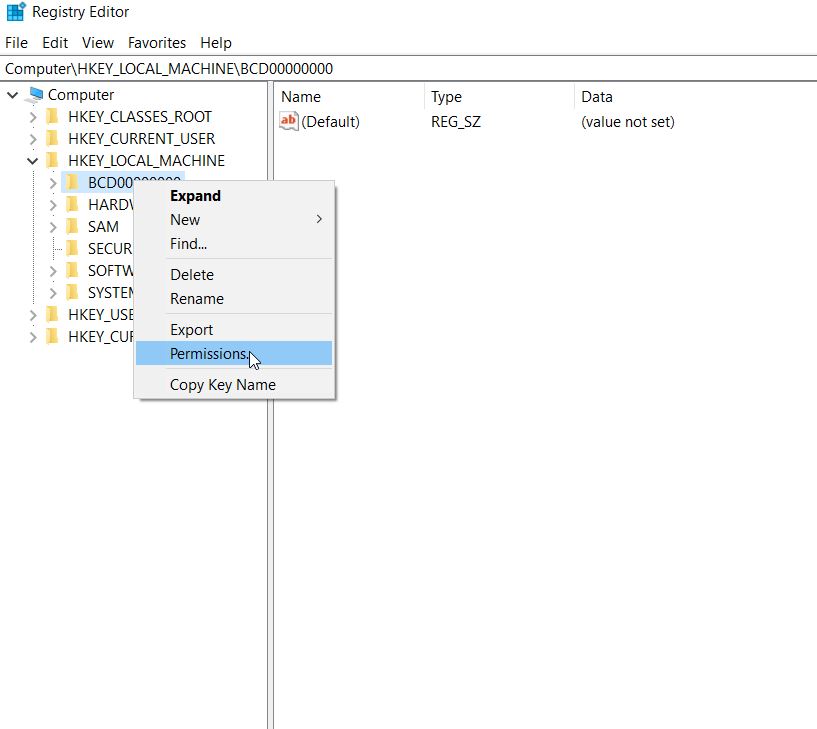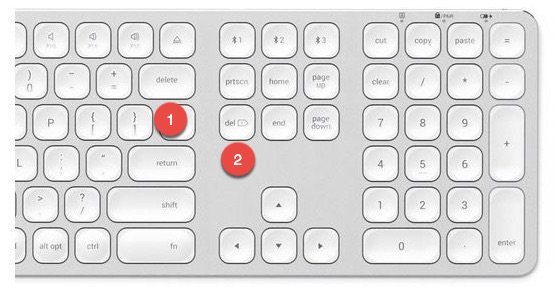

 Arnold Robbins, Elbert Hannah, and Linda Lamb (2008). Linux operating systems tend to fill the global configuration file with all sorts of vim options that turn on "friendlier" behaviours that deviate from that of original vi. The behaviour that you are complaining about is in fact the behaviour of the original vi. Note that the default if you bring up vim in vi-compatible mode is for the backspace variable to be the empty string. So Try FN del if the DEL key does not work. Ie weather F3 is F3 or the wifi on/off button by default or you need F3 to get the F3 function. In the bios/uefi you need to set the default behaviour. And this is probably in a global configuration file. Hi a bit late maybe but in my nitro 5 (AN517-51) the INS key is treated as media key and the DEL key is part of the function keys. On one machine you (most probably) have that set to the empty string, and on another you have it set to include the value start. Specifically, it is vim's backspace setting. It's a simple configuration thing, as the operation of backspace in insert mode is ordinary vim configurable behaviour. This is nothing to do with the shell, or with the version of vim. When set to On, readline will try to enable theĪpplication keypad when it is called. Solution for them is to use the following command:
Arnold Robbins, Elbert Hannah, and Linda Lamb (2008). Linux operating systems tend to fill the global configuration file with all sorts of vim options that turn on "friendlier" behaviours that deviate from that of original vi. The behaviour that you are complaining about is in fact the behaviour of the original vi. Note that the default if you bring up vim in vi-compatible mode is for the backspace variable to be the empty string. So Try FN del if the DEL key does not work. Ie weather F3 is F3 or the wifi on/off button by default or you need F3 to get the F3 function. In the bios/uefi you need to set the default behaviour. And this is probably in a global configuration file. Hi a bit late maybe but in my nitro 5 (AN517-51) the INS key is treated as media key and the DEL key is part of the function keys. On one machine you (most probably) have that set to the empty string, and on another you have it set to include the value start. Specifically, it is vim's backspace setting. It's a simple configuration thing, as the operation of backspace in insert mode is ordinary vim configurable behaviour. This is nothing to do with the shell, or with the version of vim. When set to On, readline will try to enable theĪpplication keypad when it is called. Solution for them is to use the following command: 
In the st case smkx=E[?1hE= and rmkx=E[?1lE>, so it is mandatory thatĪpplications which want to test against keypad keys send theseīut buggy applications (like bash and irssi, for example) don't do this. If the keypad can be set to transmit or not transmit, give theseĬodes as smkx and rmkx. Local (this applies, for example, to the unshifted HP 2621 keys). Possible to handle terminals where the keypad only works in If the terminal has a keypad that transmits codes when the keysĪre pressed, this information can be given. Following details in this FAQ I copied inputrc cp /etc/inputrc ~/.inputrc and uncomment set enable-keypad on there.Įxtract from the link # Why doesn't the Del key work in some programs?







 0 kommentar(er)
0 kommentar(er)
